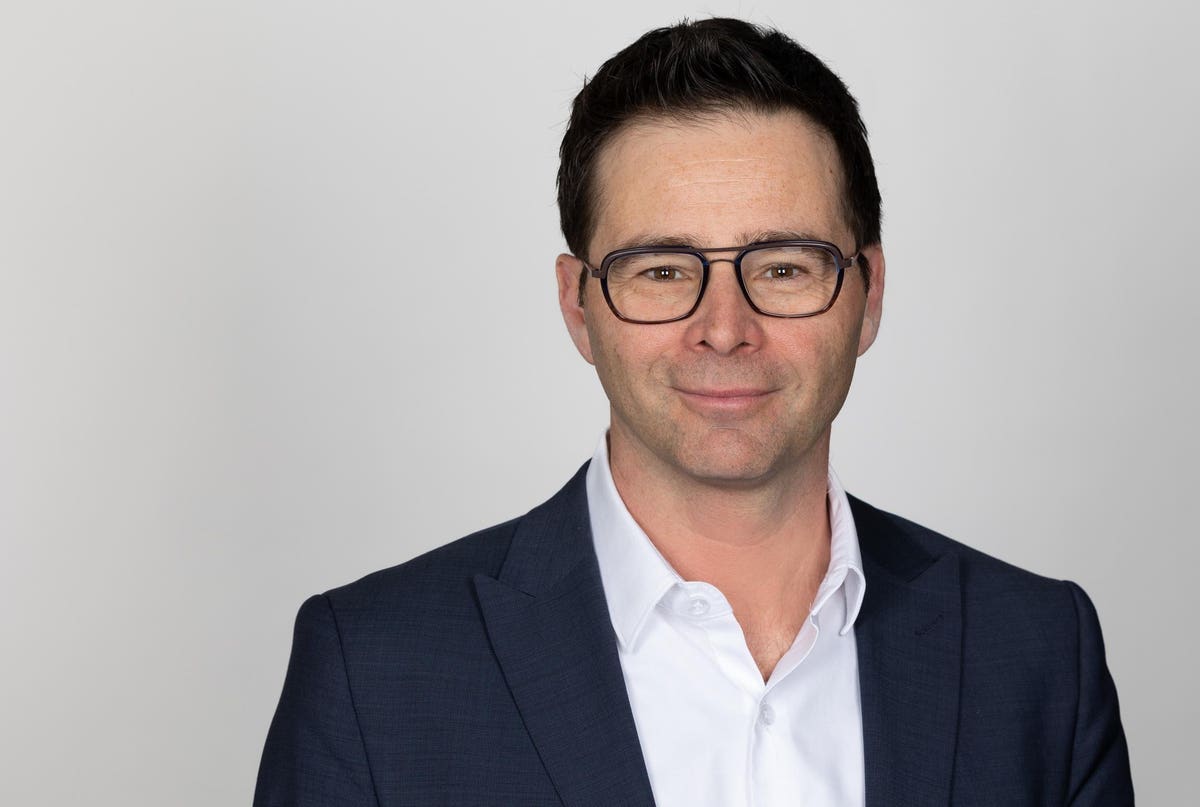Stephanie Ricci contributed to this story.
After spending 26 years working for the Canadian technology powerhouse CAE, Pascal Grenier has amassed a wealth of knowledge about aircraft and pilot training. Now, he’s working to transform the airline industry by bringing the best talent in the marketplace together, powering it with investments to solve the most complex aviation problems using optimization, artificial intelligence and machine learning techniques.
Grenier is serving as senior vice president of the company’s new Flight Operations Solutions division and is also responsible for overseeing all global operations related to the manufacturing, assembly, and delivery of flight training simulators to customers. Within Flight Operations Solutions, Grenier and a global team of over 700 employees are working to develop and market industry-leading software solutions to help their aviation customers enhance passenger experience, operations and profitability.
Comprising several recent acquisitions by CAE including Sabre AirCentre, Pelesys, Merlot, and RB Group, CAE’s Flight Operations Solutions business launched one year ago, as part of the tech company’s ongoing strategic expansion beyond pilot training to revolutionize flight operations for airlines worldwide.
“We have combined the rich legacy of 76 years of aviation innovation culture at CAE with the valuable software expertise gained through these acquisitions,” says Grenier. “This blend enables us to develop innovative solutions that expand the horizons of possibility in both aviation and software development.”
CAE’s foray into flight operations management will allow the company to offer a comprehensive range of digitally-enabled operations software and expertise. The integrated software solutions include flight training, operations control (recovery solutions to disruptions), crew management, flight management (anticipating disruptions), airport management (optimized gate allocation), and catering management.
Running an airline or business jet involves complex logistics to ensure excellent passenger service, requiring optimized coordination. This is where CAE’s next-generation software solutions come into play.
“It’s a natural extension of our interactions — first with pilots, then the understanding of aircraft navigation in terms of flight planning, and in what we call the operations,” Grenier says.
“With the merger of these acquisitions into one business, we are now able to move our pilot and crew touchpoints from twice a year, during their training sessions, to more than five times a day,” he says. “Why and how? Through mobile technology, we ensure crew members are always proactively informed of where they need to be.”
Grenier believes that with increasing challenges for the aviation industry, including economic constraints, disparate data systems and regulatory controls, airlines must have greater predictive capabilities to prevent disruption as operations increase.
The industry, typically characterized by slim profit margins, fierce competition, and high visibility, continues to face staffing and expertise challenges. Grenier emphasizes the importance of effectively navigating these obstacles, especially amid labour shortages and wage increases.
“During the pandemic, we faced a perfect storm where the ever-growing market became more complex,” he says. “Historical technology debt, and COVID-19 driven resource constraints created the need for a cloud-based platform that could solve complex airlines problems holistically and deploy them in real-time to reduce operational impacts. That’s what CAE’s Flight Operations business is all about.”
The company will continue to address these complexities by introducing new technologies and collaborating with industry experts worldwide.
Carbon emission reduction
Predictability can play a crucial role in optimizing various aspects of airline operations, ranging from flight planning to estimating wait times before takeoff, and even in-flight catering. By implementing predictive strategies, airlines can not only improve their crew management and profitability, but also play a significant role in reducing carbon emissions.
For instance, adjusting meal quantities based on factors such as consumer behaviour and seasonality not only minimizes waste, but also reduces the amount of fuel used to transport unnecessary weight.
“In the last year, we’ve implemented a new AI model inside this software that is showing a 10% reduction in meal wastage,” says Grenier, who reminds us that CAE was also the first Canadian aerospace company to become carbon-neutral in 2020.
“When you think about it, the nature of what we do, using a flight simulator instead of an aircraft, is by default saving a lot of fuel and minimizing carbon emissions,” he says.
Helping airlines optimize their operations directly aligns with CAE’s sustainability goals.
Looking ahead, Grenier highlights a significant goal—integrating CAE’s Flight Operations solutions onto a unified platform to “unlock even further the power of data in terms of operations.”
Another crucial aspect is the integration of training and operational data. This merging is deemed key for optimizing performance while maintaining safety as the top priority. By combining these elements, the company aims to provide the optimal level of service to carriers worldwide.
Read the full article here





